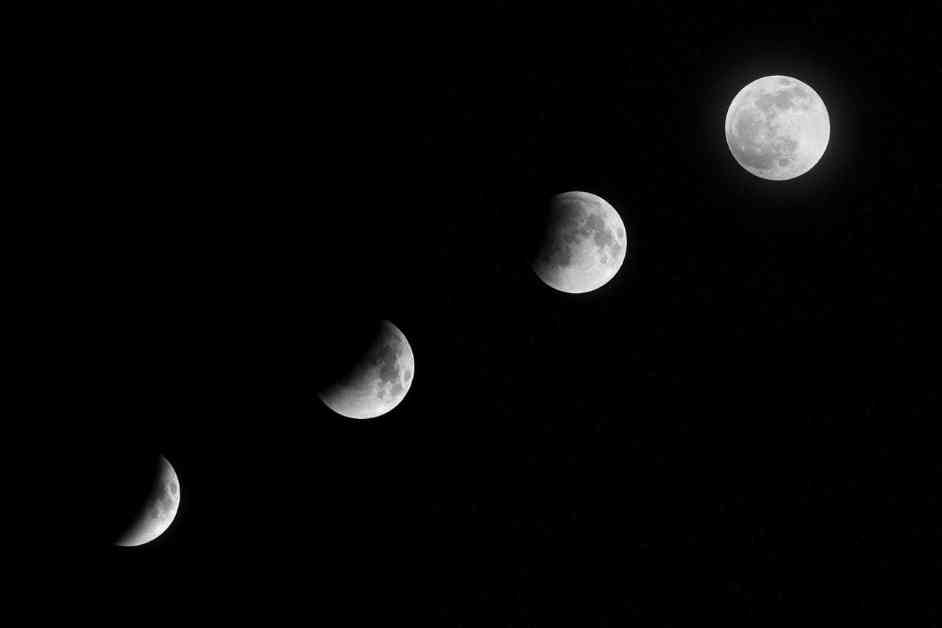Of all the incredible effects of Einstein’s Theory of General Relativity, one of the most fascinating is how gravity impacts time. The stronger the gravity of an object, the more time is stretched, causing it to move more slowly. This means that if you were to visit a planet with a greater mass than Earth’s, time would pass slightly slower. The same principle applies to different elevations as well — time moves slightly slower at the beach compared to the peak of Mt. Everest because gravity has a stronger influence closer to the Earth’s center.
On the contrary, time moves faster on a less massive celestial body relative to Earth. This phenomenon is evident on the Moon.
Moon’s Time
Although Einstein first introduced us to the concept of gravity’s effect on time over a century ago, measuring such tiny time distortions has only become possible recently with advanced atomic clocks. These clocks can detect small time variations between objects moving differently or experiencing different gravitational forces.
Based on new research from NASA scientists, time on the Moon runs faster than on Earth by a mere 57 millionths of a second per day. To give some perspective, in the 52 years since astronauts last visited the Moon, time there has extended by approximately 1.1 seconds compared to Earth.
While this time difference may seem insignificant at first glance, it could be crucial during delicate missions where navigational systems must be precisely synchronized. As NASA gears up for its Artemis missions with the goal of sending astronauts back to the Moon by 2026, understanding and managing these time differences is more critical than ever.
In preparation for upcoming manned missions to the Moon, NASA is now working on developing a new “time scale” for the Moon. Some refer to it as a “time zone” for the Moon, but that’s not entirely accurate. This measurement system is meant to address the slight discrepancy in how time passes between the two celestial bodies.
A recent directive from the White House has also tasked NASA with outlining its plans for this new time scale by December 31, considering it as a “foundational” element for the renewed US efforts to explore the lunar surface. NASA has been given the deadline of implementing this system by the end of 2026, or at least before the first Artemis mission launches.
Time Dilation and Atomic Clocks
The recent precise measurement of the time dilation effect on the Moon should aid in these endeavors. Physicists at the Jet Propulsion Laboratory, led by Slava Turyshev, calculated the 57 microseconds difference by examining the time scale for the Earth-Moon system in relation to the Solar System’s common center of mass. However, a previous study by the US National Institute of Standards and Technology found the relative time stretching difference to be 56.02 microseconds. Since both results have not been peer-reviewed yet, the final value for lunar time remains uncertain.
There are also plans to deploy atomic clocks on the Moon’s surface. Initially, NASA aims to utilize atomic clocks within satellites orbiting the Moon. Atomic clocks rely on the vibrations of atoms, usually cesium or rubidium, to measure time with exceptional accuracy. A network of clocks on the Moon could collaborate to establish the new lunar time scale, similar to how atomic clocks operate for the Universal Time Zone (UTC) on Earth.
The new time scale would serve as the foundation for an entire lunar network known as LunaNet, as named by NASA and its partners. Cheryl Gramling, the lead for lunar position, navigation, timing, and standards at NASA’s Goddard Space Flight Center, likened LunaNet to the internet combined with a global navigation satellite system. It would establish a set of standards that contributors to LunaNet, such as NASA or the European Space Agency, would adhere to. Gramling compared the contributors to internet service providers in this analogy.






